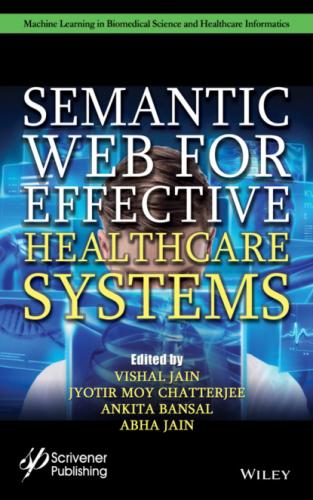1.5.4 Metrics Analysis
Accuracy is measured as a performance measure for the number of terms correctly identified under the topic (or features). However, the model is further evaluated by the metrics such as precision, recall, and f-measure. Precision defines how precise the model is, and recall defines how complete the model is. It is represented as a confusion matrix, which contains information about actual and predicted results, as shown in Table 1.1.
Table 1.1 Confusion matrix.
| Predicted positive | Predicted negative | |
| Actual positive | TP | FIN |
| Actual negative | FP | TN |
where
TP: the number of correct classifications of the positive examples (true positive)
FN: the number of incorrect classifications of positive examples (false negative)
FP: the number of incorrect classifications of negative examples (false positive)
TN: the number of correct classifications of negative examples (true negative)
Precision is defined as the percentage of correctly identified documents among the documents returned; whereas recall is defined as the percentage of relevant results among the correctly identified documents. Practically, high recall is achieved at the expense of precision and vice versa [61]. However, the metric f-measure is suitable when single metric is needed to compare different models. It is defined as the harmonic mean of precision and recall. Based on the confusion matrix, the precision, the recall, and the f-measure of the positive class are defined as
Ontology-based Semantic Indexing (OnSI) model is evaluated by the metrics such as precision, recall, and accuracy, as shown in Equations 1.3, 1.4, 1.5, and 1.6.
1.6 Dataset Description
Document collection like Healthcare service reviews (Dataset DS1) were collected from different social media web sites for 10 different hospitals, as detailed in Tables 1.2 and 1.3.
Table 1.2 Social media reviews for healthcare service (DS1).
| Number of reviews | ||
| Data source | Positive | Negative |
| 1200 | 525 | |
| Mouthshut.com | 425 | 110 |
| BestHospitalAdvisor.com | 200 | 85 |
| Google Reviews | 580 | 320 |
| Total Reviews | 2405 | 1040 |
Table 1.3 Number of reviews of features and hospitals (DS1).
| Features | Reviews |
| Cost | 663 |
| Medicare | 748 |
| Nursing | 776 |
| Infrastructure | 554 |
| Time | 704 |
| Number of reviews | |||
| H1 | 596 | H6 | 308 |
| H2 | 411 | H7 | 313 |
| H3 | 399 | H8 | 297 |
| H4 | 227 | H9 | 281 |
| H5 | 252 | H10 | 361 |
Table 1.3 shows that 663 reviews were collected for the feature “cost,” and 596 reviews were collected for the hospital H1. The list of features is identified from the previous work, related articles, and social media websites. For example, the document [62] clearly identified the necessary criteria for healthcare services. The expectations of patients such as cost, hospital characteristics, infrastructure facility, recommendations by other users, treatment and nursing care, and medical
